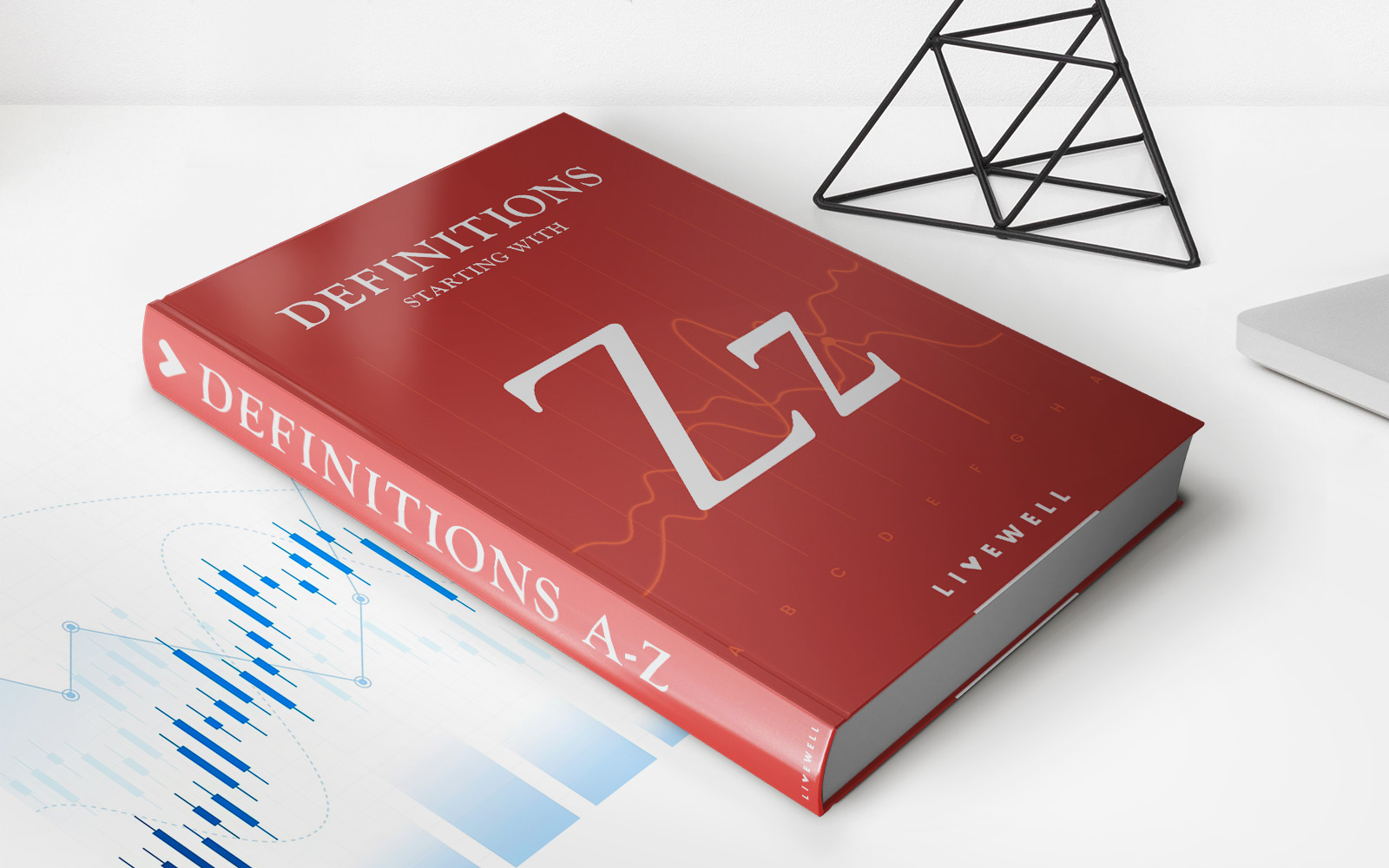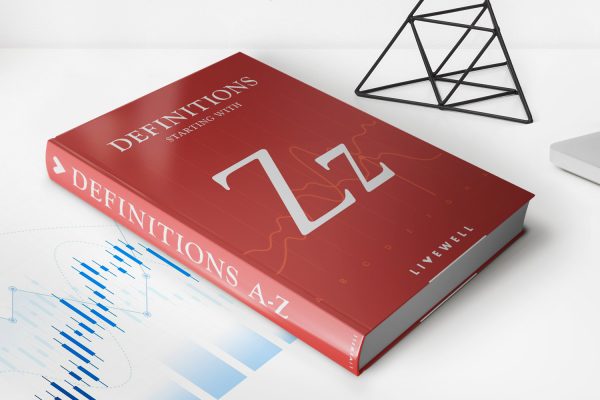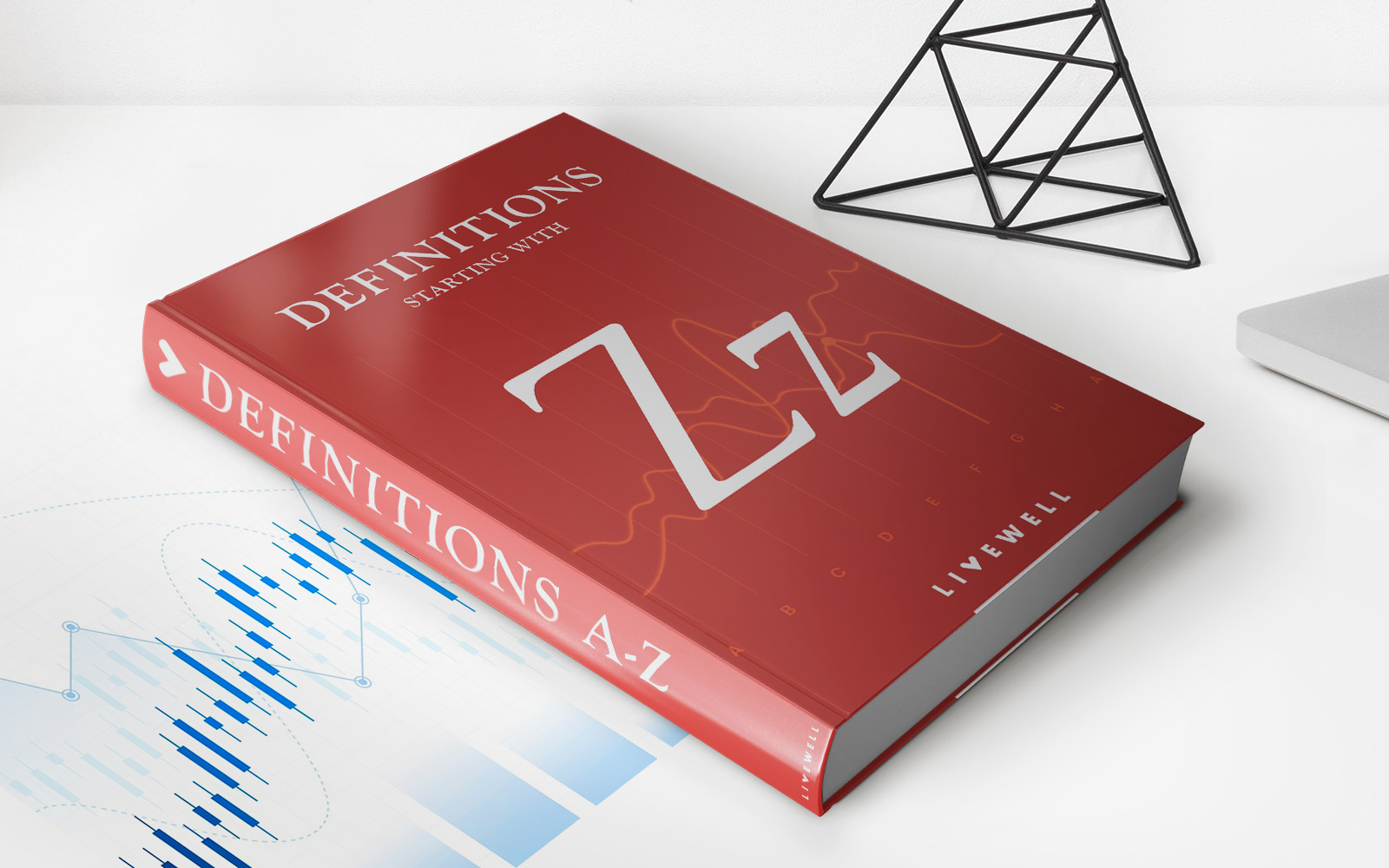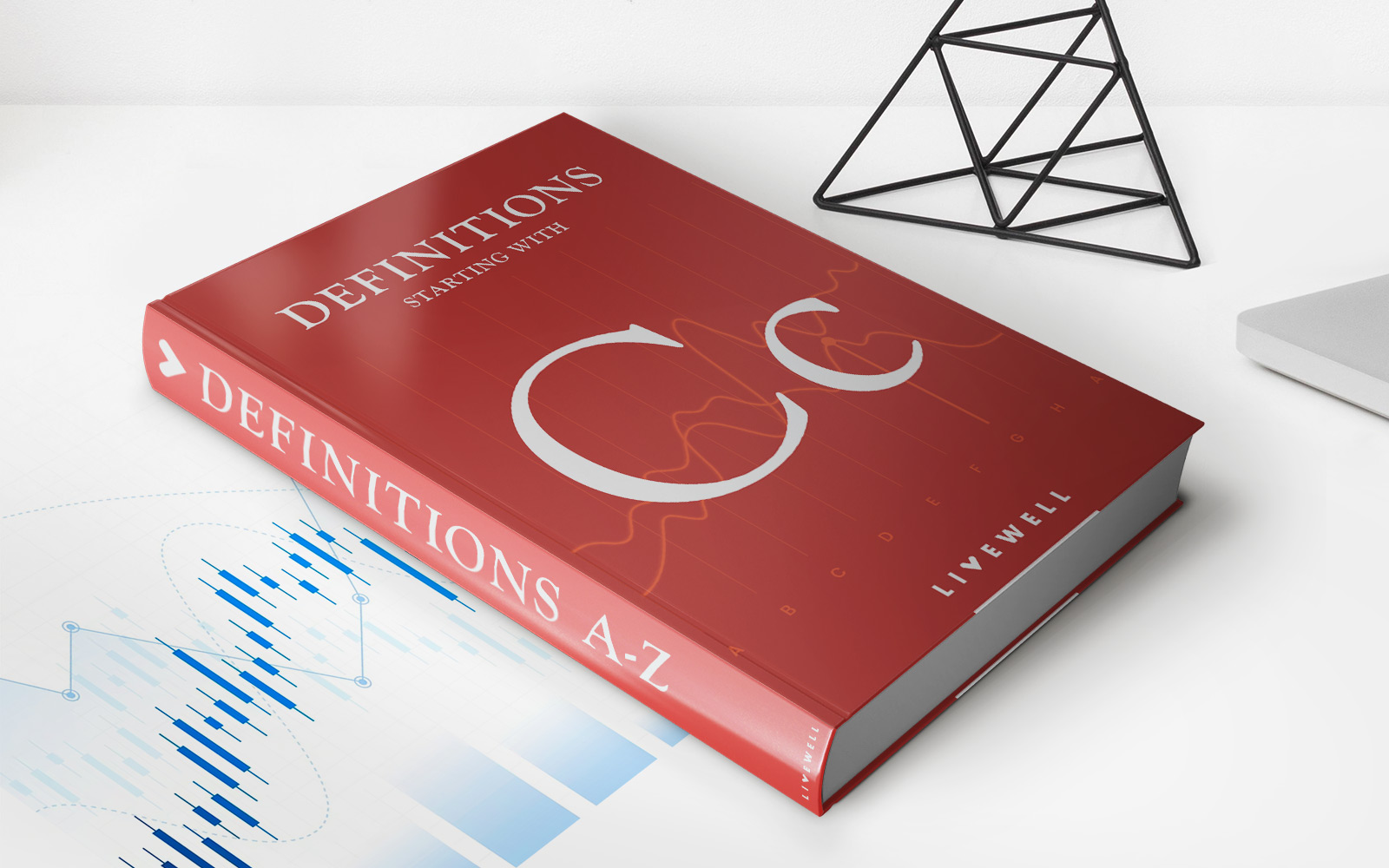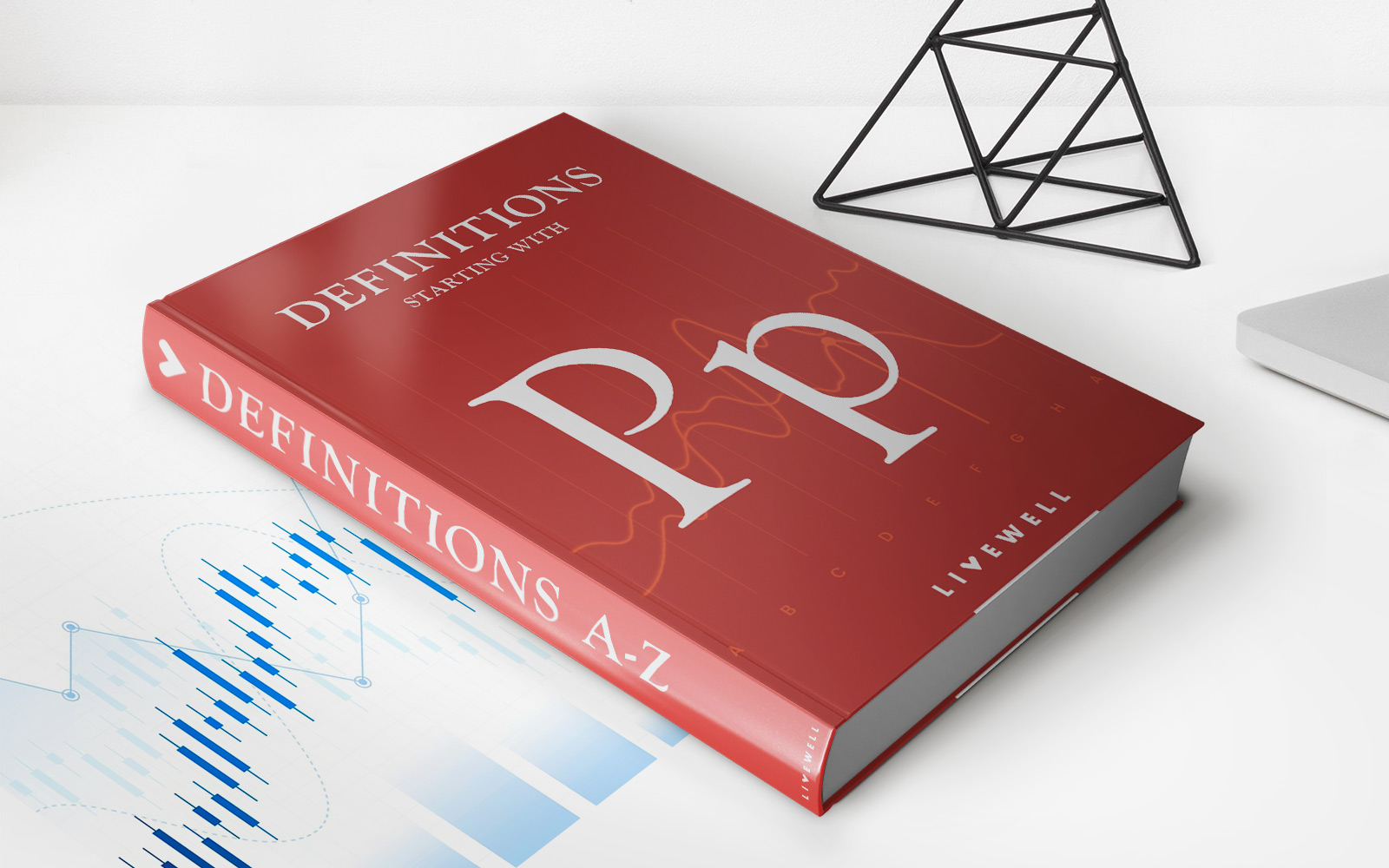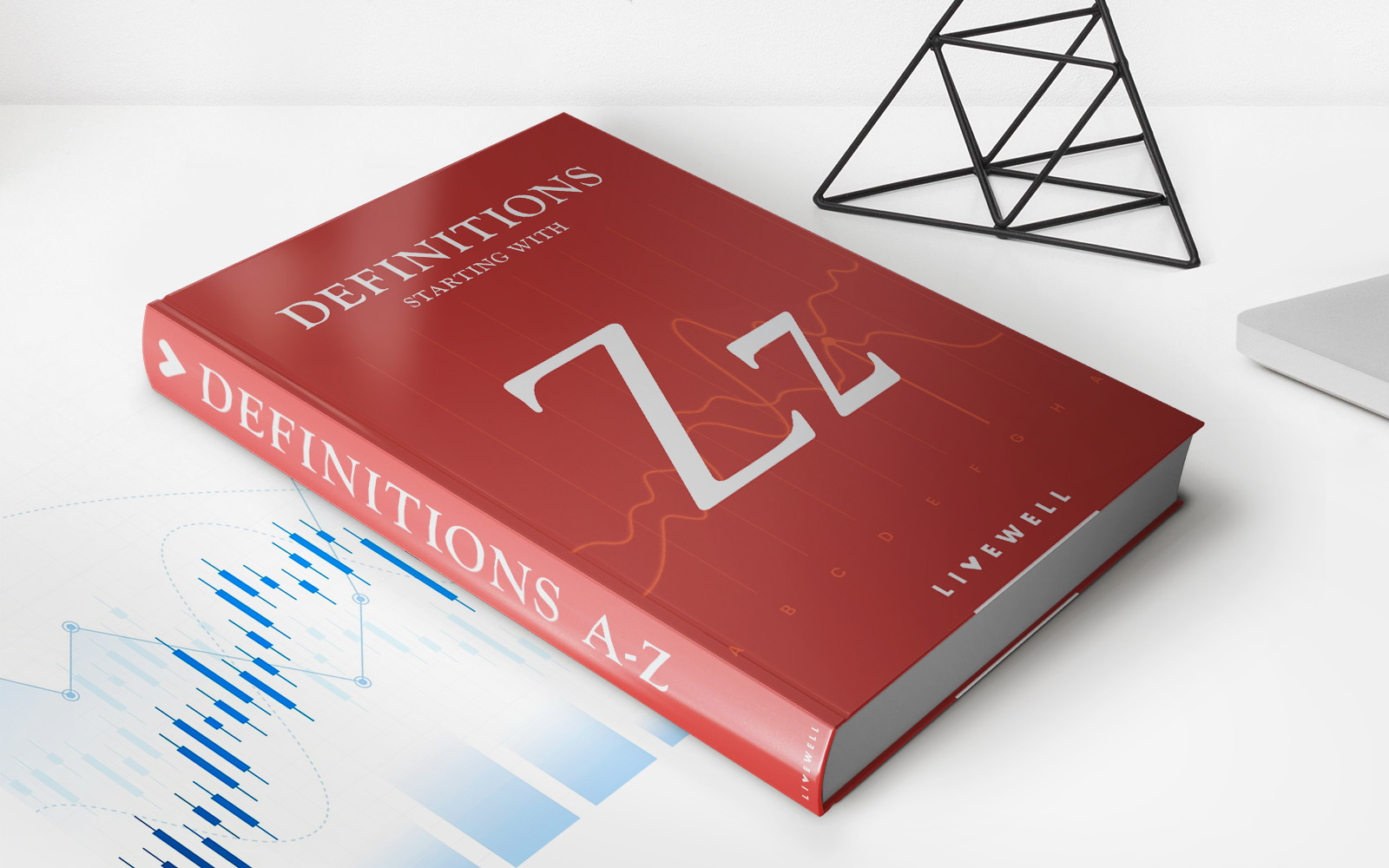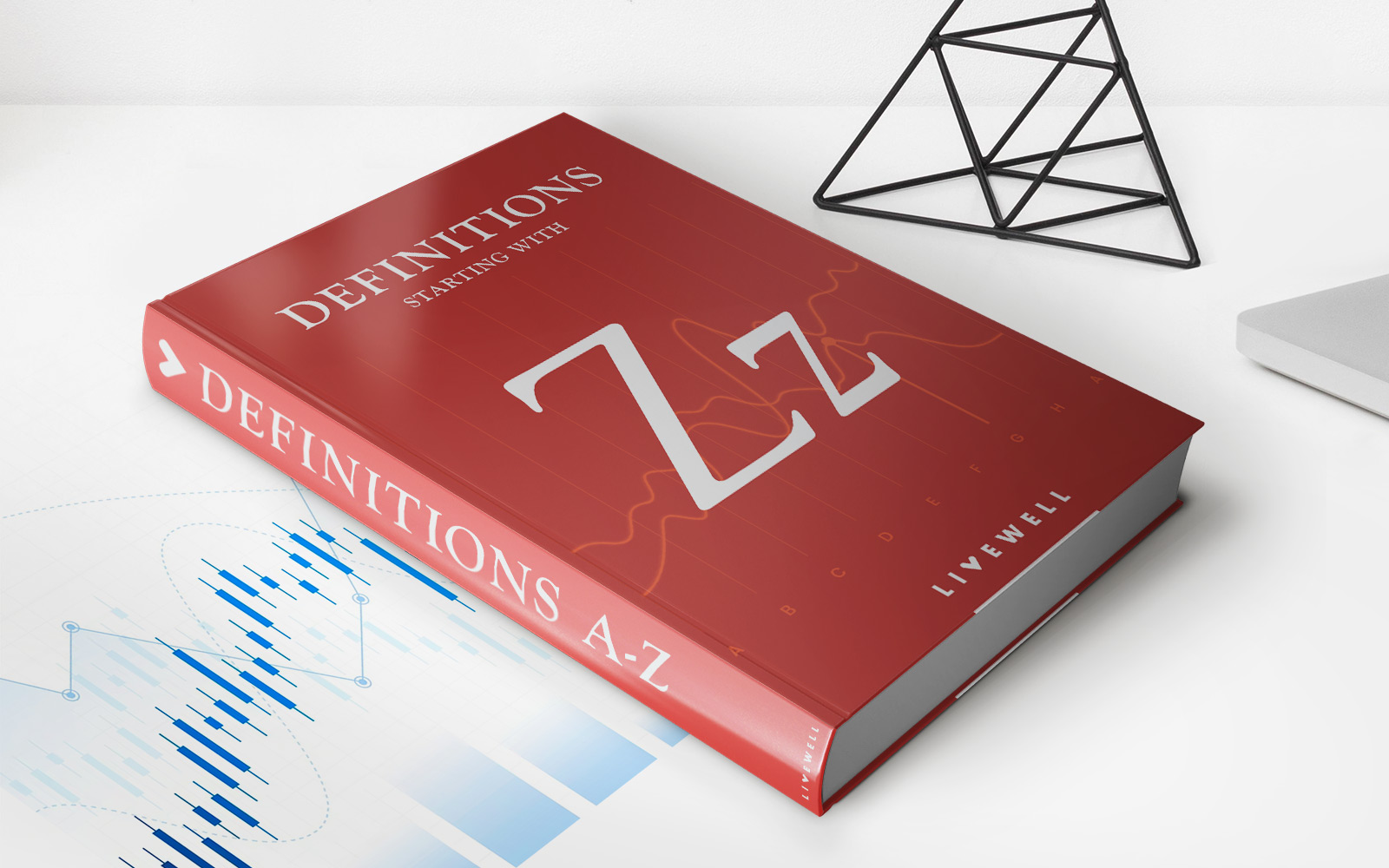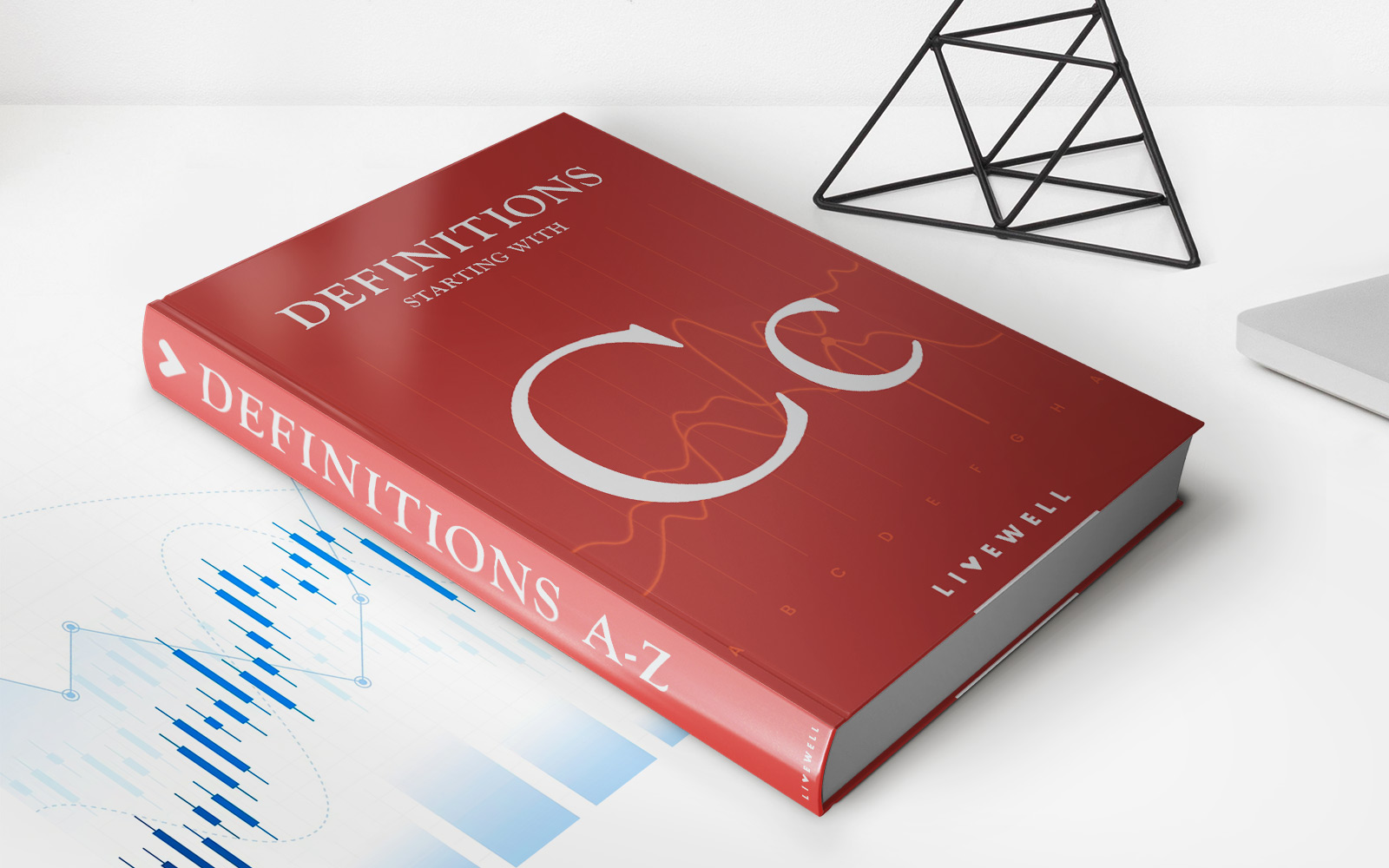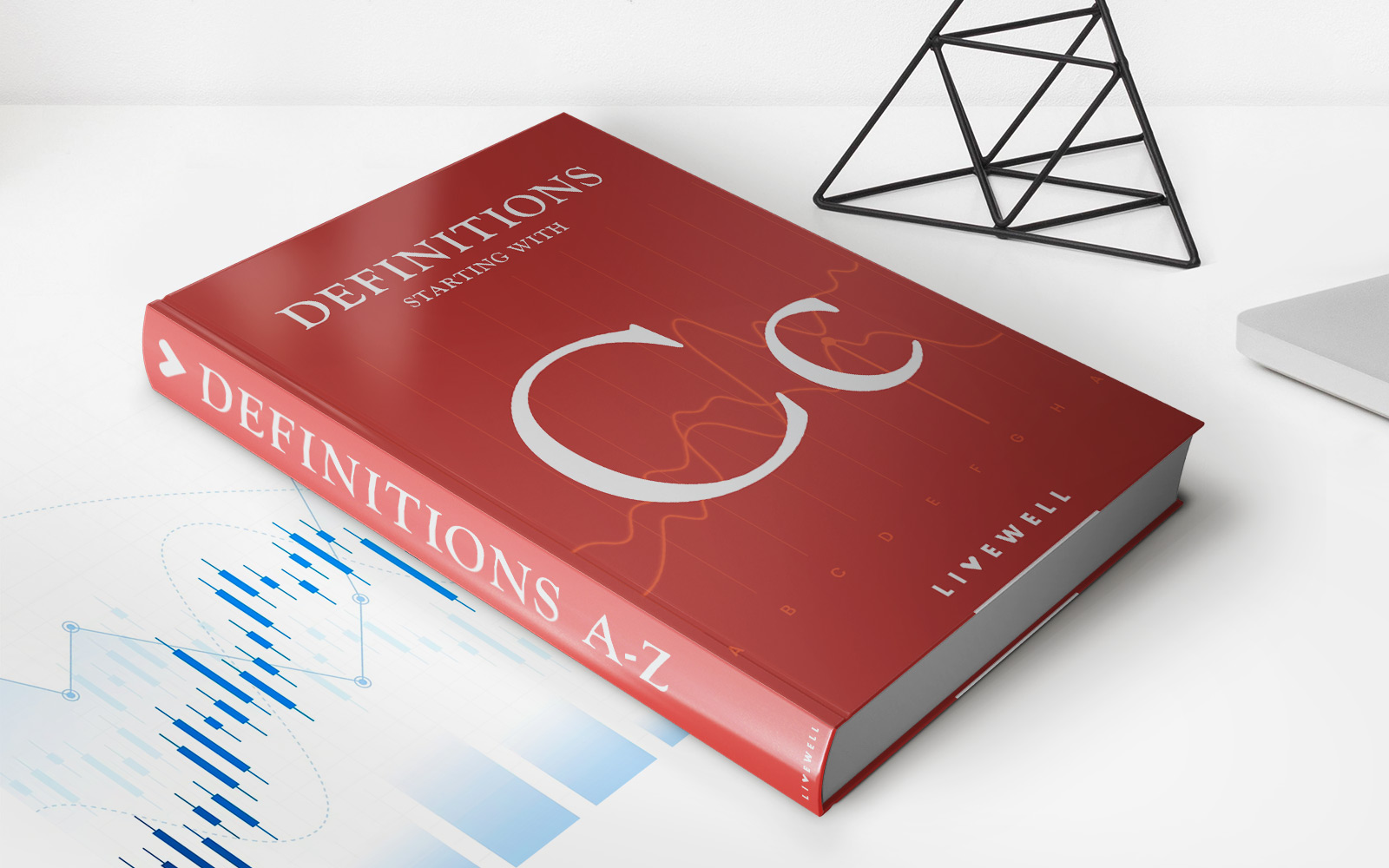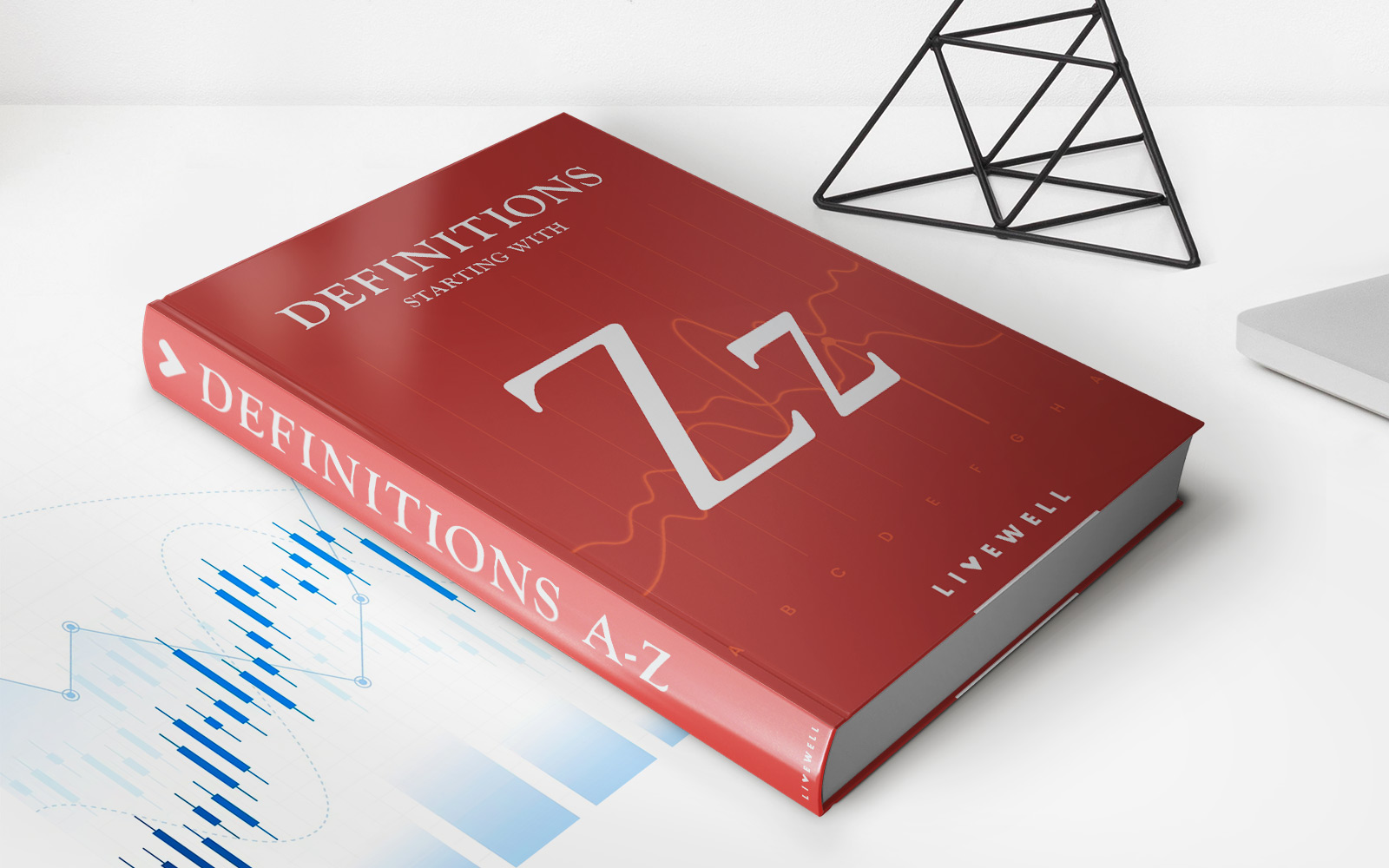

Finance
Zero-Gap Condition Definition
Published: February 20, 2024
Discover the meaning and significance of the zero-gap condition in finance. Find out how it affects financial stability and market efficiency.
(Many of the links in this article redirect to a specific reviewed product. Your purchase of these products through affiliate links helps to generate commission for LiveWell, at no extra cost. Learn more)
The Zero-Gap Condition: Understanding and Defining It
When it comes to the realm of finance, there are numerous concepts and conditions that are crucial to comprehend for anyone who wants to navigate the world of money effectively. One such condition is the zero-gap condition, which plays a fundamental role in various financial calculations and strategies. In this blog post, we will explore what the zero-gap condition is, why it matters, and how it can impact your financial decisions.
Key Takeaways:
- The zero-gap condition is a financial concept that refers to the state where the duration gap between a financial institution’s assets and liabilities is zero.
- By achieving the zero-gap condition, financial institutions aim to minimize their exposure to interest rate risk.
What is the Zero-Gap Condition?
The zero-gap condition, in simplest terms, refers to the state where the duration gap between a financial institution’s assets and liabilities is zero. The duration gap measures the difference in the average durations of assets and liabilities, providing insights into how changes in interest rates can impact the institution’s profitability.
Financial institutions, such as banks or insurance companies, often hold assets and liabilities with different durations. Assets with longer durations, such as long-term loans, tend to be more sensitive to interest rate fluctuations, while liabilities with shorter durations, such as short-term deposits, may be less affected. By aiming for the zero-gap condition, financial institutions seek to mitigate the potential risks associated with interest rate changes.
Why Does the Zero-Gap Condition Matter?
Understanding and achieving the zero-gap condition is crucial for financial institutions for several reasons:
- Interest Rate Risk Management: By minimizing the duration gap, financial institutions can reduce their exposure to interest rate risk. This risk arises from the possibility of interest rate disparities affecting the profitability of their assets and liabilities differently. By achieving the zero-gap condition, institutions ensure that changes in interest rates have a balanced impact on their balance sheets.
- Enhanced Financial Stability: The zero-gap condition allows financial institutions to maintain stability in their earnings and cash flows, even in the face of interest rate fluctuations. This stability is crucial for overall financial health and helps institutions maintain adequate liquidity.
Ultimately, the zero-gap condition is a tool used by financial institutions to align their assets and liabilities in a way that minimizes risks and supports a stable and profitable financial position.
Conclusion
As you venture into the world of finance, understanding concepts like the zero-gap condition can provide you with valuable insights and help you make informed decisions. By achieving the zero-gap condition, financial institutions can effectively manage interest rate risk and maintain stability in their financial operations.
Remember, while the zero-gap condition is just one of many financial concepts, it is an important piece of the puzzle that can contribute to a clearer understanding of how the financial world works.
